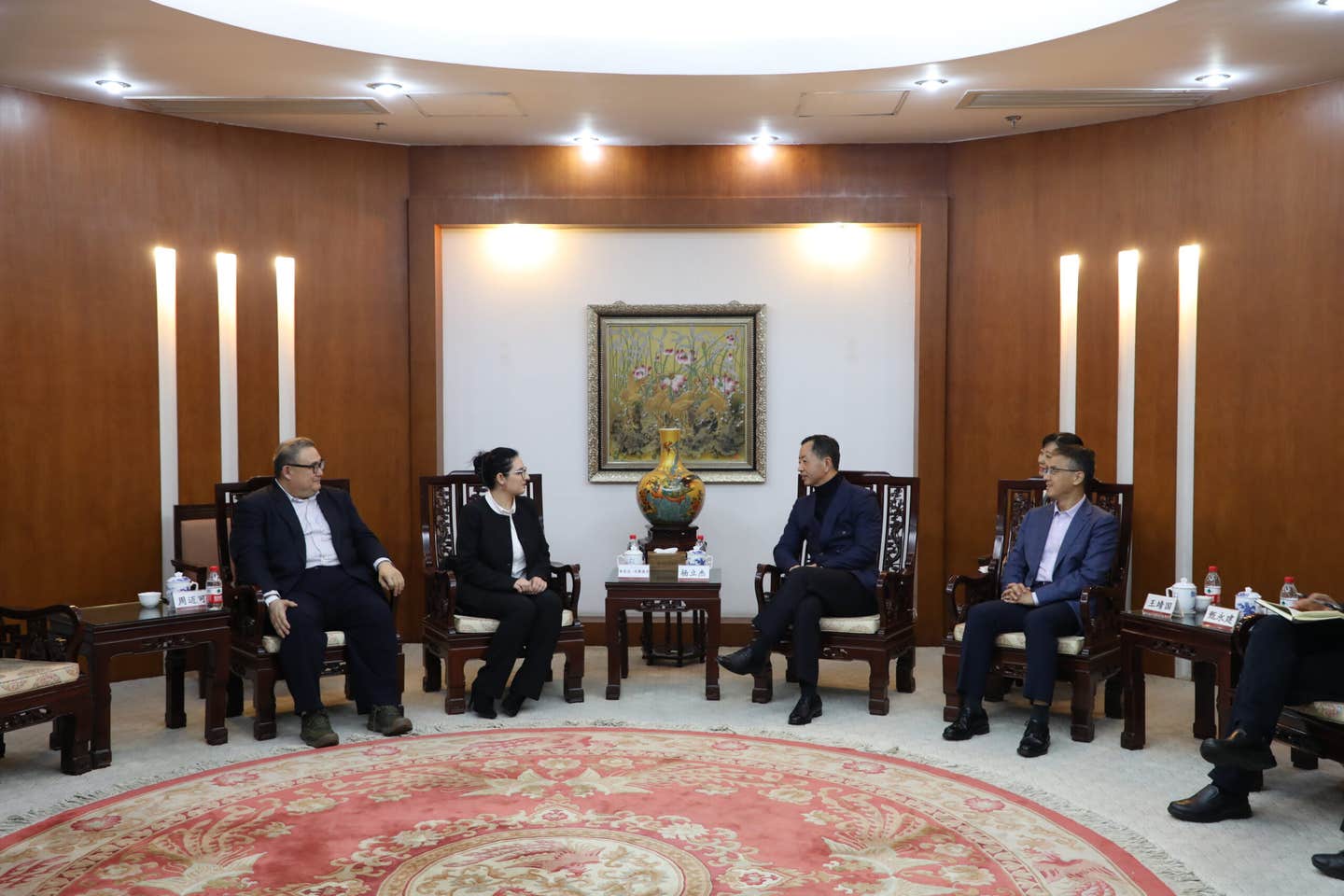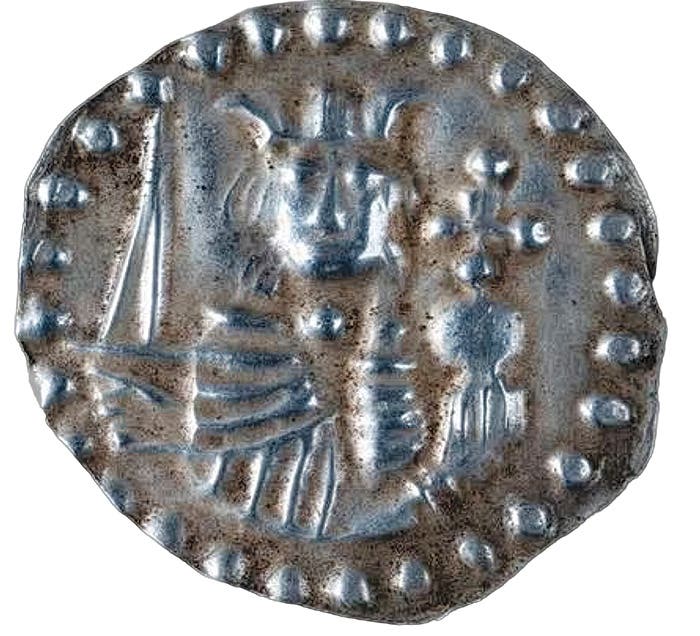Chinese rarities sizzle at Heritage
Heritage Auctions must be delighted by the highly auspicious result achieved by the firm’s December Hong Kong sale. The 452 coin lots realized $4,238,047, or $9,376 apiece. Seven fetched more…
Heritage Auctions must be delighted by the highly auspicious result achieved by the firm’s December Hong Kong sale. The 452 coin lots realized $4,238,047, or $9,376 apiece. Seven fetched more than $100,000 each, with a further 73 taking between $10,000 and $99,999.
In many ways, this auction was an anniversary event. Heritage opened an HK office in mid-2015. Their first HK sale was in December 2015. It grossed $2.75 million. Two years down the track, the combined receipts from both coins and currency in December 2017 was around $5.4 million.
A substantial portion of that total was contributed by one coin: a super rare dragon and phoenix proof pattern gold ¥200 dated 1989. Struck at the Shenyang mint, the coin was presumably produced as a trial for the 1990 dragon and phoenix 200-yuan issue, KM-320.
The 1989 date is unlisted in the Standard Catalog of World Coins or Cheng, and the Heritage cataloger was aware of just two other examples, placing these pieces among the foremost rarities of People’s Republic coinage. Toss in a grade of PR69 Ultra Cameo from Numismatic Guaranty Corporation and you can explain why one collector paid $408,000 for the current example.
That price compares with one sold in Switzerland last year for CHF105,000 [$105,390] and the $253,000 paid for a gold ¥200 (1989) and silver ¥20 (1990) set at a Heritage sale in 2011.
A front-facing imperial dragon provided a distinctive reverse for many late imperial and some early republican milled silver coins. Collecting these dragon dollars is a popular theme in Chinese numismatics, with serious money paid for high-grade examples of the rarer coins. This was well demonstrated in the Heritage sale when four such coins commanded prices in excess of $100,000.
Top of the line was an undated proof pattern Kiang Nan, Kuang-hsu, plain edge dollar c. 1897 (L&M-210, Kann-66). It is the highest denomination of a set of five commissioned from Birmingham’s Heaton Mint. A very small number were struck and shipped along with the dies to the Nanking Mint, where they were used to produce coins for circulation once a security edge had been added. Graded PF65 NGC, the dollar fetched a very easy $240,000.
Other top-selling dragons included an Anhwei, Kuang-hsu, dollar ND of 1897 struck at the Anking mint (KM-Y45, L&M-195, Kann-49). In desirable MS66 NGC, it ran away to $192,000.
One of that dragon’s siblings figured in gold on a rare pattern Kuping tael of 1907 (KM-Pn302, L&M-1024, Kann-1541). In MS63 NGC, it realized $150,000.
And yet another face-on dragon starred on a second Heaton Mint specimen, a Kwangtung, Kuang-hsu silver trial 50 cents c. 1889 (KM-Y197, L&M-124, Kann-17). It had no problems fetching $102,000 graded SP67 NGC.
A 22.8 mm, 7.765 g gold double obverse mule $10 showing Yuan Shikai dated Year 3 of the Republic (1914), struck from two separate but identical pattern dies scaled down from those used for similar Year 3 silver dollars (KM-Y239), sold for $36,000. Professional Coin Grading Service called it AU55. It came accompanied by a 1970s flip from Henry Christensen.
Full catalog details and prices realized are available at the Heritage website: www.ha.com.
This article was originally printed in World Coin News. >> Subscribe today.
More Collecting Resources
• The Standard Catalog of World Coins, 1901-2000 is your guide to images, prices and information on coinage of the 1900s.
• The 1800s were a time of change for many, including in coin production. See how coin designs grew during the time period in the Standard Catalog of World Coins, 1801-1900 .









